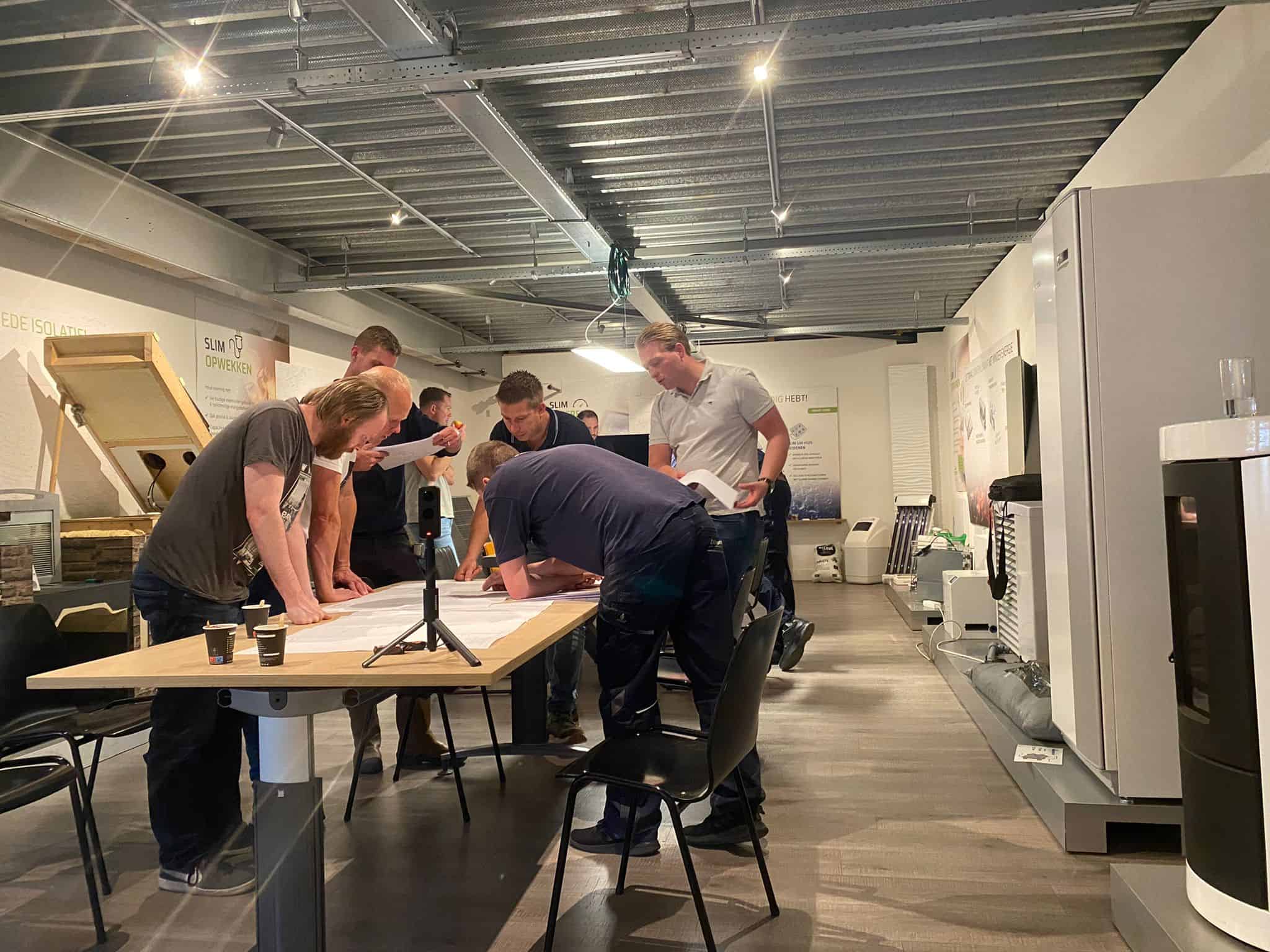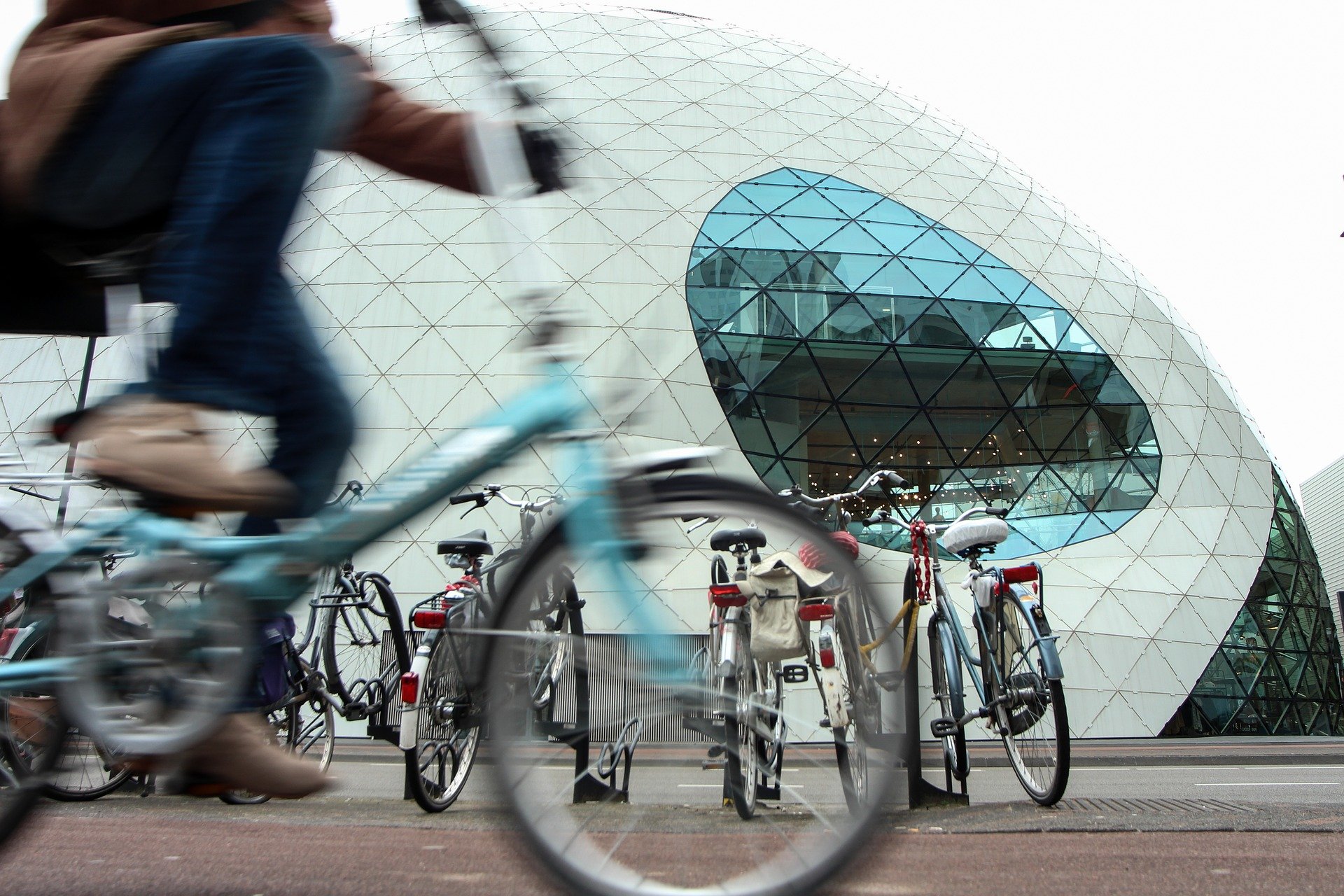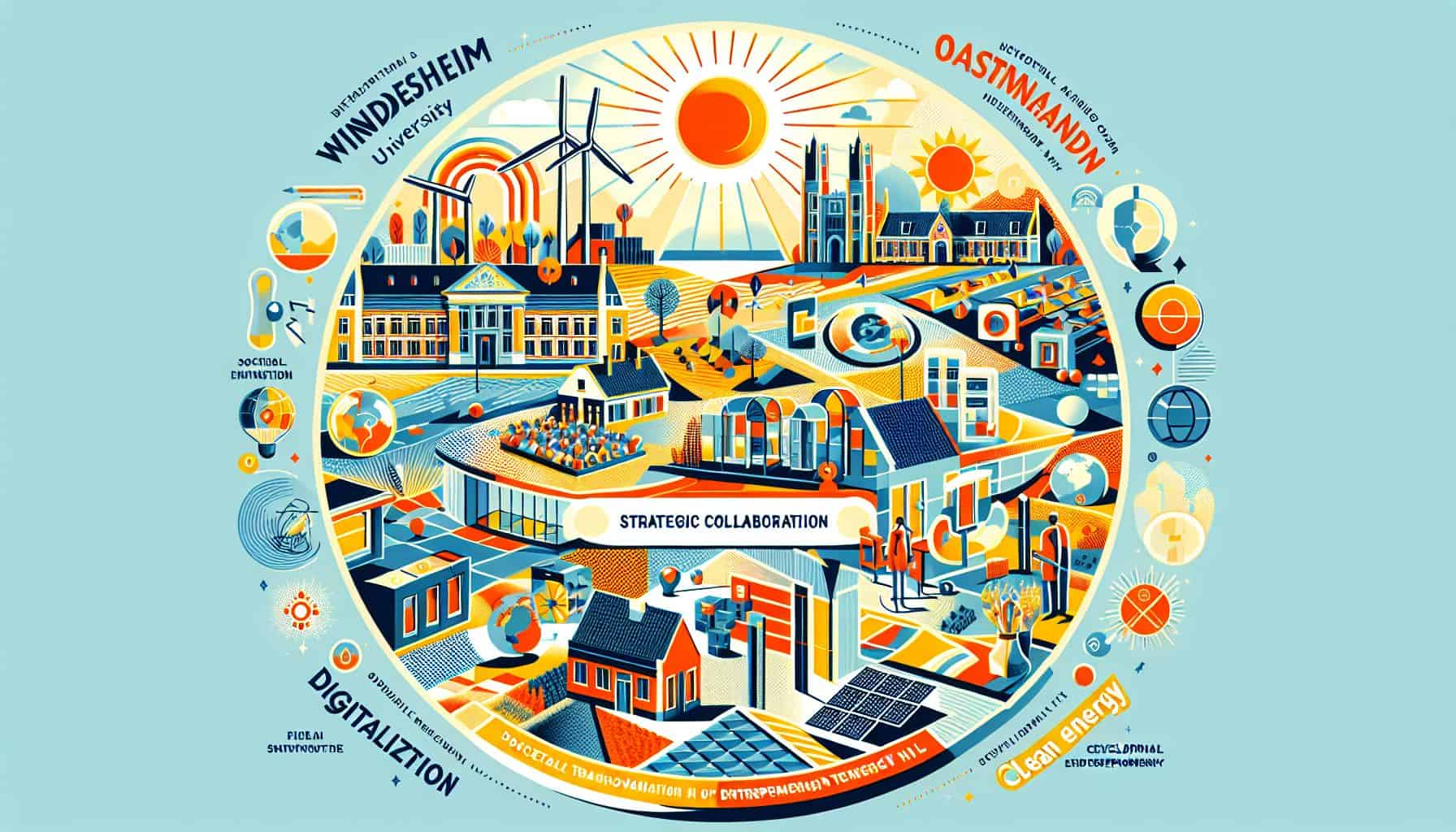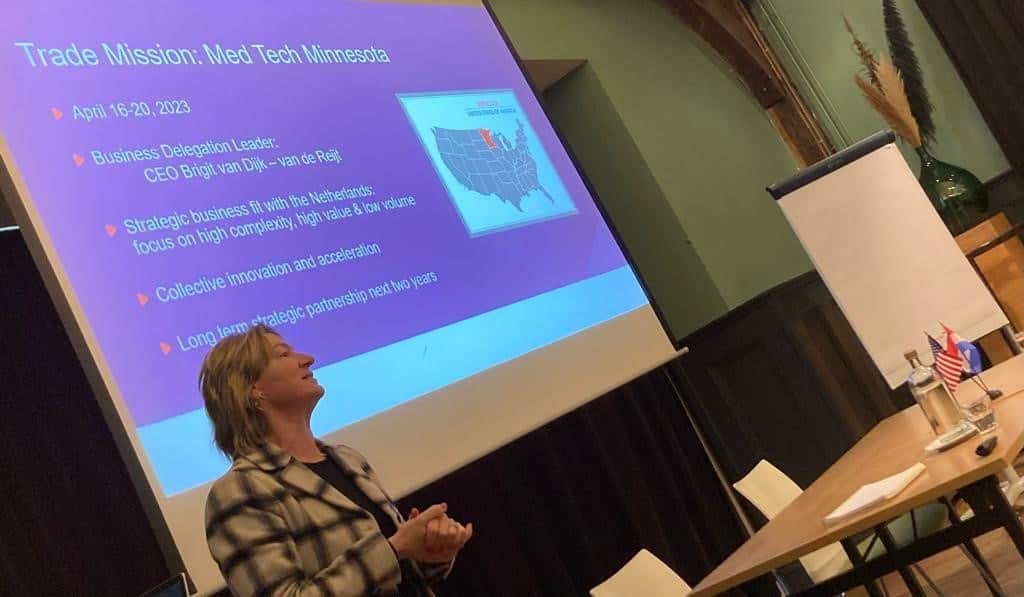
It promises to be the start of a long-term strategic cooperation – and judging from the interest in the MedTech trip to Minnesota, that is certainly an option for the Dutch participants. When they think of an innovation trip to the US, most Dutch people initially focus on the US East or West Coast, but “underdog” Minnesota may be much more interesting. And ultimately more lucrative, it is expected.
From Sunday, April 16 to Thursday, April 20, a Dutch MedTech business delegation led by Brabantse Ontwikkelings Maatschappij (BOM), LIOF, Oost NL, and the Dutch Consulate General (CG) in Chicago will embark on an entrepreneurial trip to MedTech Minnesota. The purpose of the trip – which is fully booked with interested parties from business, government, and knowledge institutions – is to strengthen the ties between two regions that have more in common than many in the field of medical technology suspect. From this could arise both substantive and business opportunities.
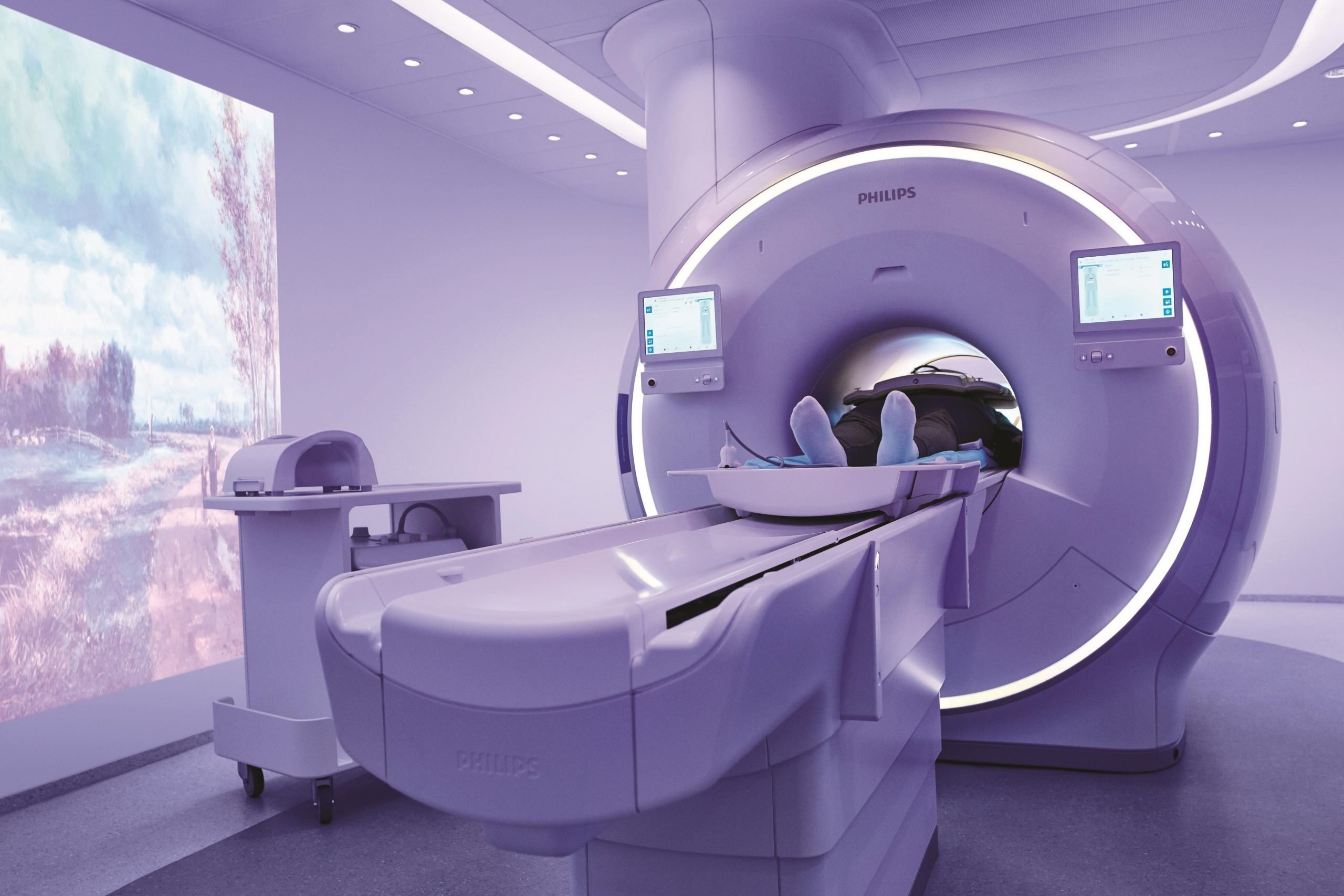
Logical choice
The choice of Minnesota is logical for several reasons, says BOM’s Project Manager International Trade – USA Maureen Sondag. “Minnesota is a center for medical technology, just like the Netherlands. The needs of that region align well with the areas we are very good at in the Netherlands, offering plenty of opportunities. At the same time, Minnesota also has a lot to offer us: nowhere in the U.S. is there a higher location quotient specifically in medical devices, indicating a high concentration of MedTech professionals combined with a high degree of specialization: expertise and experience. But just as important is the fact that Minnesota, unlike most other US regions, has the same collaborative structure between government, industry, and knowledge institutions as we have in the Netherlands. That ‘triple helix’ makes it a strategic match.”
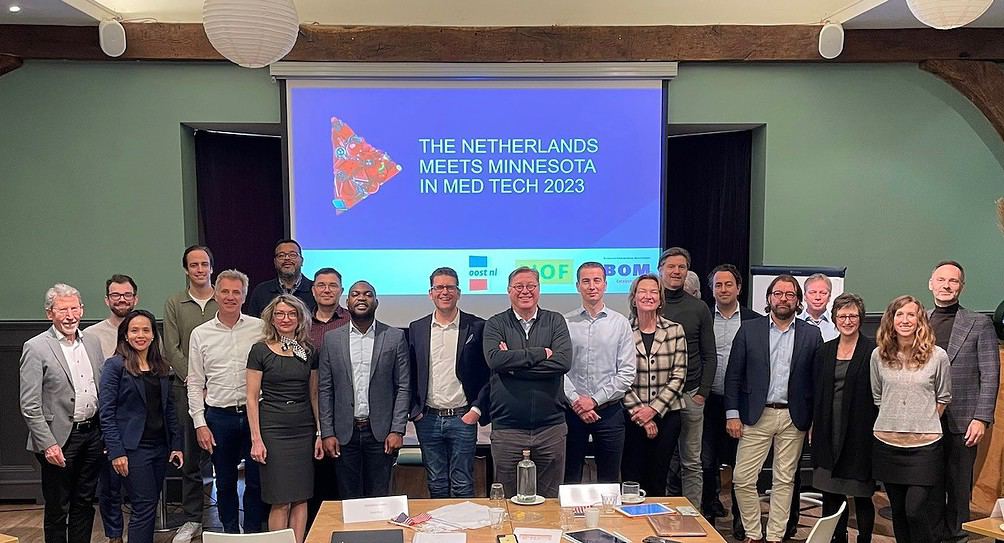
Minnesota is best known for its cluster of medical devices, but innovation its healthcare system goes beyond that. The U.S. Midwest state also claims to be the place where medical products reach the market fastest, thanks in part to the influence of Mayo Clinic, named “Number 1 Hospital overall and top-ranked in fourteen specialties” by U.S. News & World Report, and an experienced and capital-rich medical start-up scene. The MedTech sector employs more than 30,000 people there, more than any other region in the country. Minneapolis and St.Paul – the “Twin Cities” – are home to MedTech giants such as 3M Healthcare, Medtronic, St. Jude Medical, Smiths Medical, Boston Scientific, and Philips. Thanks to pacemaker inventor Medtronic, Minnesota is the epicenter of heart devices. Research at the University of Minnesota and the Mayo Clinic adds to that picture.
RVO report
Initial ideas for the entrepreneurial trip to Minnesota arose after the publication of the RVO report “Matching Dutch Solutions to Minnesota’s Medical Alley,” an initiative of the Dutch Consulate General in Chicago now two years ago. A series of introductions, webinars, and additional explorations followed, finally culminating in this week’s visit.
According to the Dutch Consulate General in Chicago and the RFO, the strengths of the Dutch MedTech industry can be leveraged in several areas in Minnesota. “These include improved AI integration, signal-to-noise ratios and sensitivity in imaging, integration of tactile sensors in surgical robotic products, and improved systems for 3D printing of microfluidics for wearable diagnostic devices.”
Dutch strengths in AI, neurology, materials science, microchip fabrication, and wireless communications align well with the needs of the MedTech giants in Minnesota’s Medical Alley. Those are mainly in improving surgical robotics, disease detection, pain therapies, portable AI-assisted monitoring, and AI-assisted medical imaging. “The applied knowledge in the Netherlands to use AI to identify ideal treatments for individual patients and improve healthcare ecosystems aligns well with Mayo Clinic’s focus.”
Multidisciplinary collaboration
BOM director Brigit van Dijk – Van de Reijt leads the entrepreneurial journey. She, too, sees plenty of opportunities for cooperation between MedTech companies from Minnesota and the Netherlands. “Both regions have a great strategic fit with a similar focus on high complexity and high value, influenced by emerging technologies such as AI in this sector. In addition, Minnesota and the Netherlands have similar business cultures, driven by the multidisciplinary collaboration to find solutions to the world’s major societal challenges. Therefore, I see great potential for combining skills and expertise between the MedTech ecosystems in Minnesota and the Netherlands. This is how we stimulate innovation and entrepreneurship and promote sustainable growth for the foreseeable future.”
Representatives from seventeen companies and institutions from the southern and eastern Netherlands will join the trip, supplemented by representatives from the Ministry of Health, Welfare, and Sport (VWS). In Minnesota, time will be spent primarily on discussions with industry peers. This will be done through substantive trade fairs, company visits, matchmaking, and specific tours of research institutions and medical institutes. Attention will also be paid to American entrepreneurship and forms of financing for MedTech activities.
MDR or FDA?
In this regard, Maureen Sondag expects that the Dutch participants in the trip will also be interested in the policy and legal aspects of possible activities in the US. “Since the European Medical Device Regulation (MDR) guidelines surrounding the marketing of medical devices became stricter last year, we at the Brabantse Ontwikkelings Maatschappij (BOM) have seen a strong increase in interest in the U.S. medical market. In that sense, this timely trip allows us to ask U.S. partners specifically for input and support regarding the U.S. Food and Drug Administration (FDA). Several companies from our Dutch MedTech delegation are in the middle of this process. With this entrepreneurial trip to Minnesota, we hope that both Dutch and American companies will be able to inspire each other and that we can learn a lot from each other.”



